The Cross-Platform Revolution: How 'Minecraft' Reshaped Gaming
Oct-05-2024
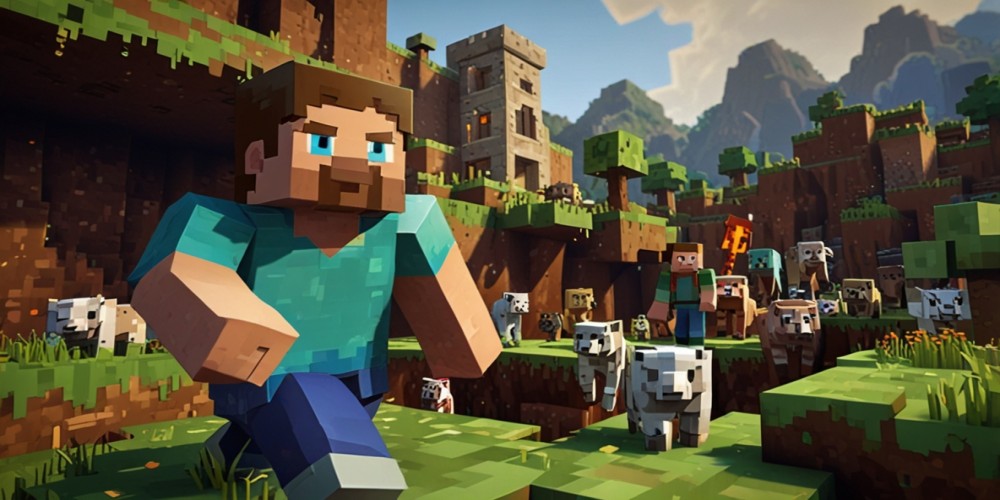
When 'Minecraft' first debuted, few could have anticipated the immense impact it would have across the gaming industry. Its simplistic block-based graphics belied a complex mechanism that allowed for unlimited creativity and exploration. Not only did the game captivate millions with its endless possibilities, but it also pioneered capabilities that reshaped how we understand cross-platform gaming today.
The concept of cross-platform play was still burgeoning during Minecraft's initial release. However, as the game evolved, it embraced the challenge of creating a unified gaming experience across various devices. This approach not only broadened its audience but set a new standard within the gaming industry.
Breaking Boundaries with Cross-Platform Play
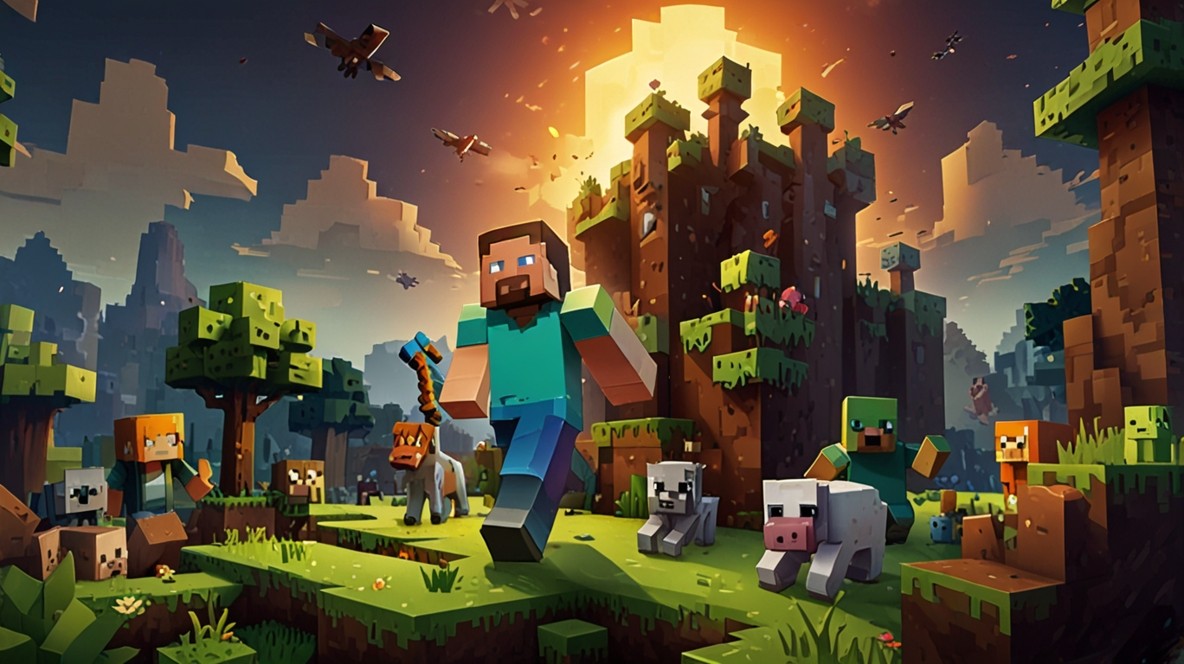
Minecraft’s ability to allow players on different platforms to connect and play together has been revolutionary. From PC to consoles, mobile devices, and even virtual reality, the game broke down barriers that previously segregated player communities. This connectivity was critical in establishing a more inclusive gaming environment.
By enabling cross-platform interactions, Minecraft united players globally, promoting a culture of shared adventures and collaborative creation. It transformed fragmented player bases into a unified global community that could enjoy the game irrespective of their devices, enhancing the user experience significantly.
The Technical Feat of Cross-Compatibility
Implementing cross-platform play is no small feat, and Minecraft’s developers have made significant strides in ensuring seamless compatibility. This involved meticulous technical planning and innovation, adapting the game’s codebase to accommodate various system architectures without compromising performance.
Such innovations were crucial in making cross-platform play a reality. As a result, players could transition effortlessly from one device to another, whether on a powerful gaming PC or a handheld console, without losing progress or experiencing interruptions in their gameplay.
Expanding Audience Reach
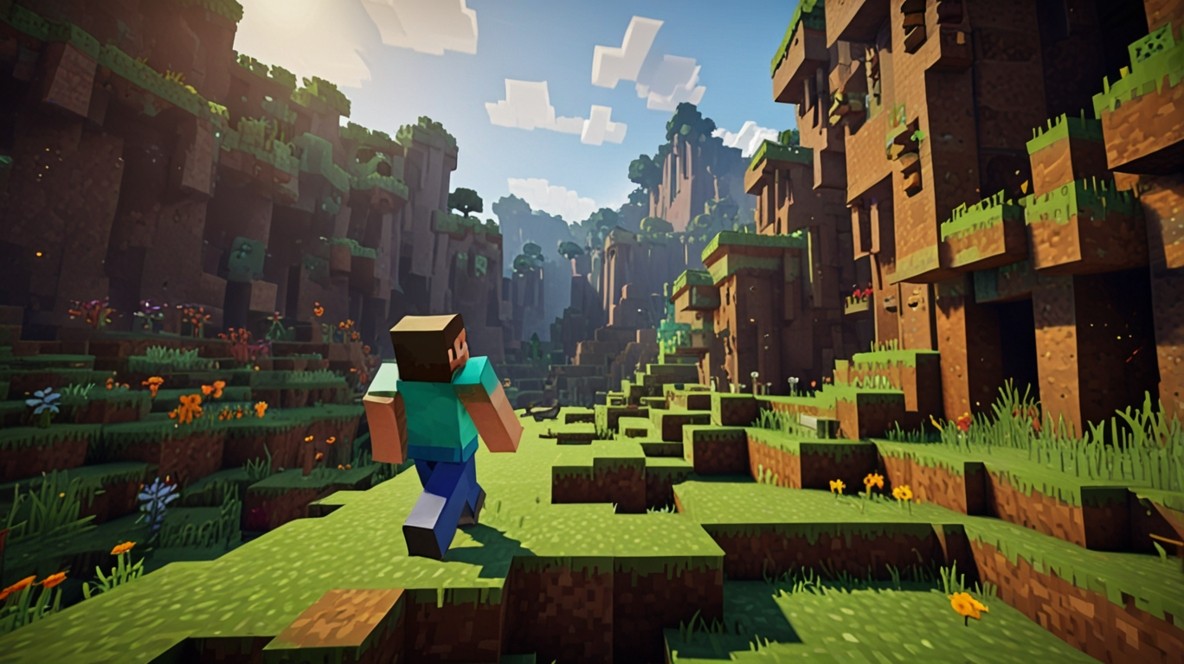
With its cross-platform capabilities, Minecraft was able to reach a broader audience. Gamers who preferred console gaming could now engage with their friends playing on PCs or mobile devices, greatly expanding the game's user base. This universality attracted individuals who might not have otherwise interacted with the game.
By bridging different platforms, Minecraft facilitated a more inclusive gaming environment that welcomed players regardless of their preferred device. This inclusivity not only enlarged the community but also ensured that no player felt left out due to technological disparities.
Impact on Player Interaction and Community Building
Minecraft’s cross-platform nature has profoundly influenced how players interact and build communities. It enabled friends and families to connect over shared experiences, regardless of physical locations or hardware limitations. This interconnectedness fostered a sense of community and belonging among players worldwide.
Communities, both large and small, thrived due to Minecraft’s ability to unite players. Online forums, social media groups, and multiplayer servers became bustling hubs of activity where ideas were shared, and collaborative projects flourished. This allowed the game's player base to cultivate a rich tapestry of shared knowledge and creativity.
Setting New Industry Standards
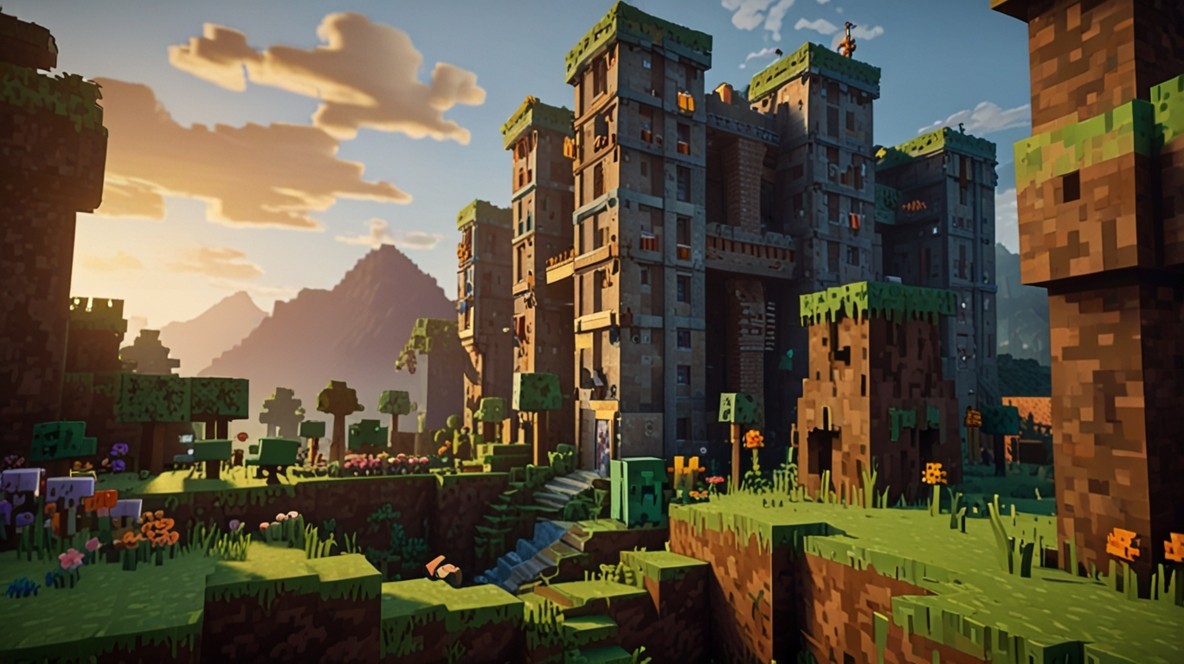
The success of Minecraft’s cross-platform approach has set new standards in the gaming industry, pressuring other developers to embrace similar capabilities. As players come to expect seamless cross-platform interactions, games without such features risk losing potential audiences and market share.
Developers across the industry now strive to incorporate cross-platform compatibility, understanding that it is no longer just an advantage but a necessity to stay competitive. Minecraft has demonstrated that when players are given the freedom to interact across different devices, it leads to a more vibrant and engaged community.
Minecraft Education Edition: Cross-Platform Learning
Beyond entertainment, Minecraft’s cross-platform capability has extended into educational environments through the Minecraft Education Edition. Schools and educators worldwide utilize the platform to encourage interactive learning and foster digital literacy among students across various devices.
By creating a unified educational experience that is accessible on multiple platforms, the Education Edition has transformed classrooms into dynamic learning environments. This accessibility ensures that students, regardless of the technology at their disposal, can benefit from interactive and engaging educational content.
A Model for Sustained Engagement
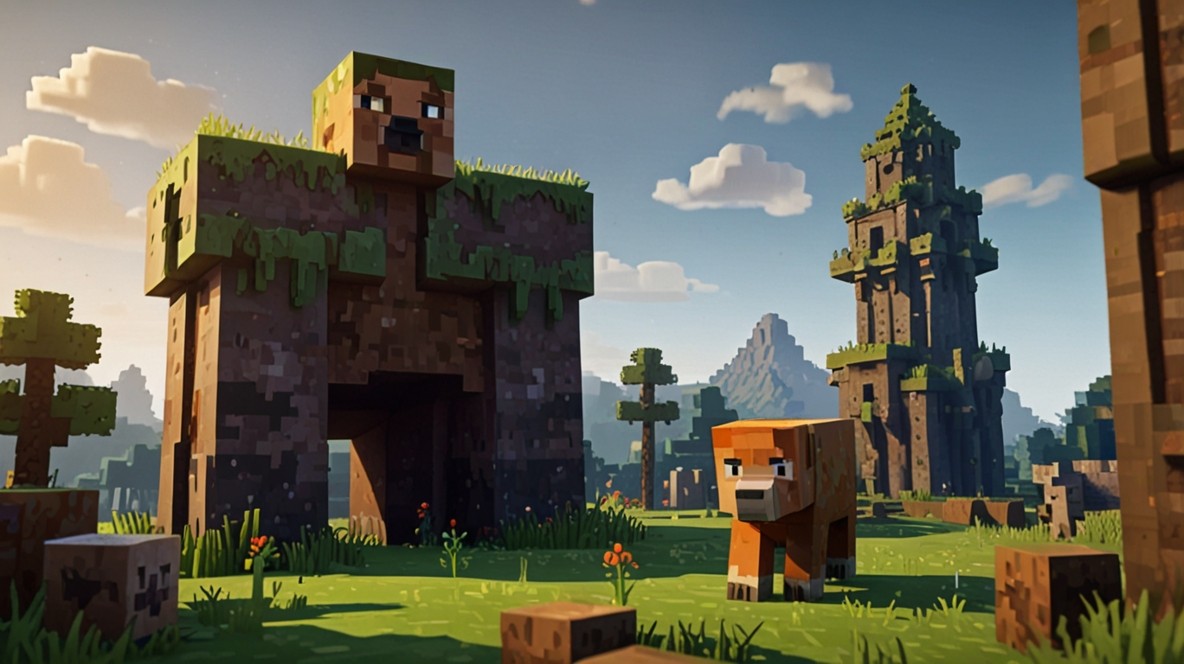
Minecraft has maintained its popularity over the years owing to its robust cross-platform support. This persistent engagement from its community has helped the game evolve continually, with consistent updates and new features that keep players invested.
The ability to connect easily across platforms ensures that players are not constrained by their devices, thus promoting longer and more fulfilling gaming sessions. This flexibility plays a significant role in maintaining player interest and fostering a loyal and enthusiastic community that supports the game’s ongoing success.
Challenges and Future Prospects
Despite its success, achieving cross-platform play in Minecraft has not been without challenges. Technical limitations, licensing issues, and maintaining consistent feature parity across platforms required complex solutions and ongoing developer support.
Looking to the future, Minecraft remains committed to enhancing its cross-platform experiences. As technology advances, new opportunities will arise to further improve the interaction between different gaming devices, ensuring that Minecraft will continue to be a leader in the evolving landscape of cross-platform gaming.
Conclusion: A Unified Gaming Frontier
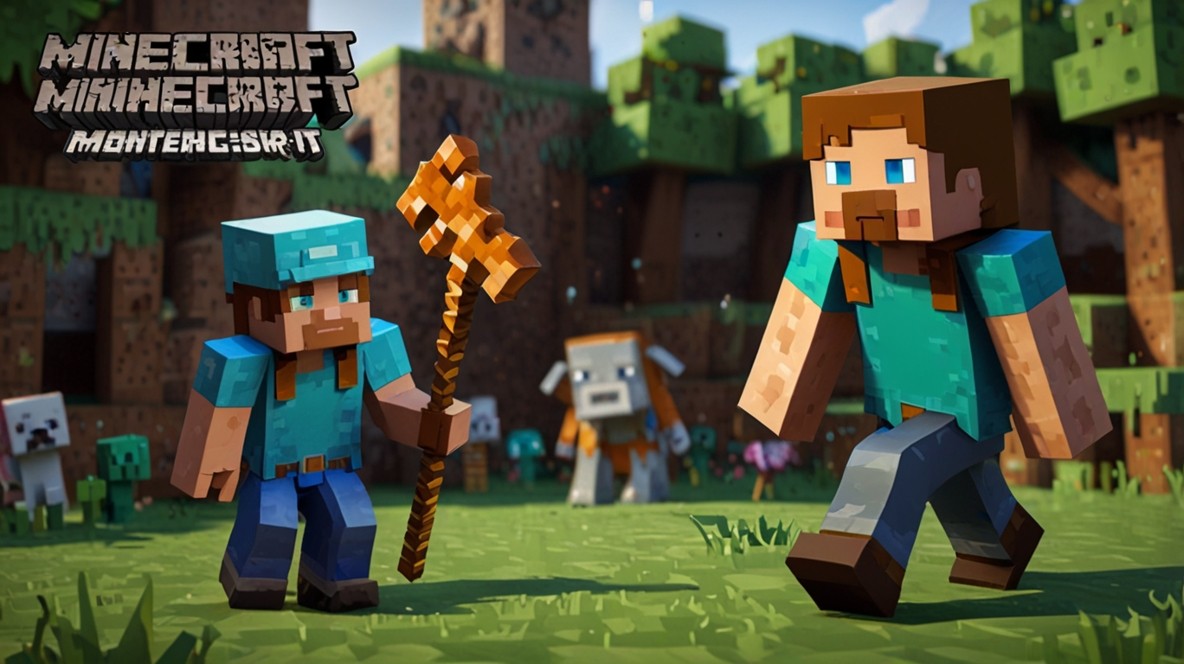
Minecraft's journey from a simple block-building game to a cross-platform phenomenon has indelibly influenced the gaming industry. By enabling players to connect across a diverse range of devices, the game established new paradigms in community building and player experience.
In setting new standards, Minecraft has not only transformed expectations within the gaming community but also paved the way for future innovations. As it continues to evolve, Minecraft reaffirms the power of cross-platform capabilities in uniting players worldwide and redefining the potential of digital interactivity.







